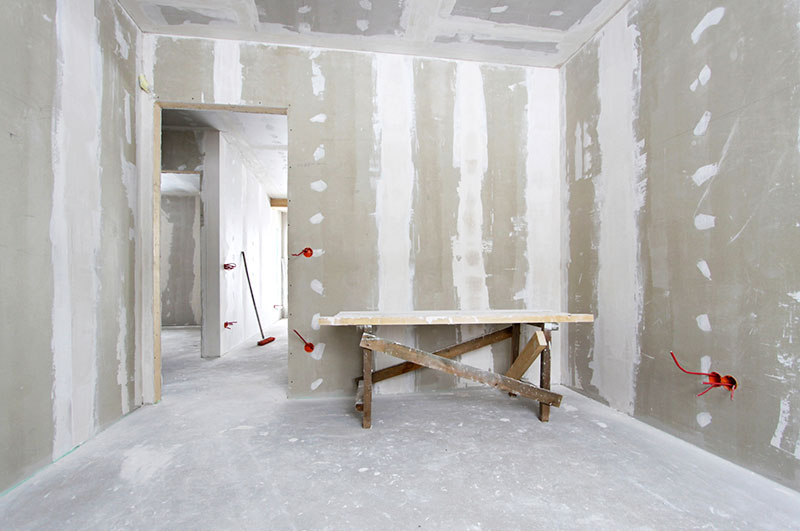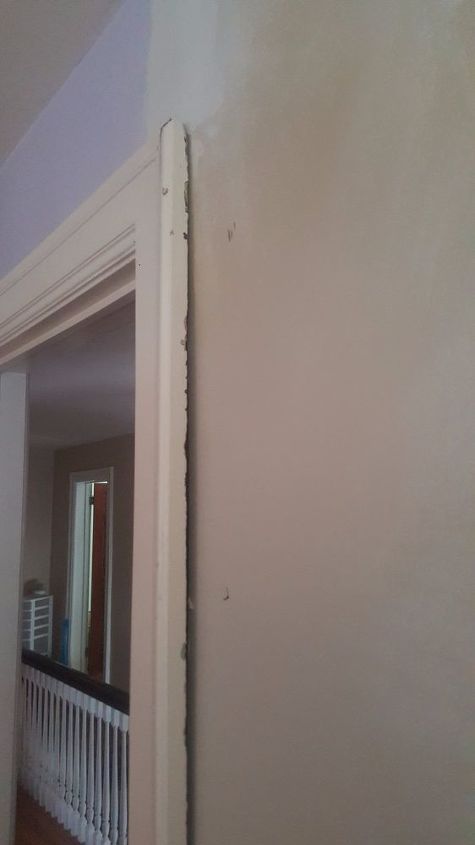Hanging Drywall On Crooked Walls

This is because it is necessary to build up the joint properly.
Hanging drywall on crooked walls. You hang it on the studs. When you lay wall molding such as baseboard trim against a wall and see gaps between the top of the wall trim and the drywall it s usually because of a misaligned stud or a built up ridge of taping compound over a joint. If the carpenters have framed the walls properly the drywall installers will have a perfect surface for installing drywall. The studs in your wall must be flush to hang drywall evenly.
This means working with the largest drywall panels and pieces you can. An exterior wall though presents another opportunity. Call it wallboard plasterboard sheetrock or just plain rock like some pros do drywall revolutionized the way walls and ceilings are covered. Sometimes when installing drywall you come across joints that are slightly uneven.
Hanging drywall in a bare room where you re down to the studs it s simple. You can fix this situation without reconstructing your framing by simply adding to it or taking away from it. Taping these types of joint takes a little more work. You can also hang drywall over paneling you just have to make sure to hit the wall studs.
If the drywall were hung vertically and a seam placed on a bowed out stud the seam would be magnified because of the bump in the wall. In new construction home building you hang drywall on studs and presumably all of the drywall edges meet perfectly with each other and with all the window and door trim. Using drywall shims is the standard remedy but contractors also change the amount of. 1 4 inch is the choice for curved walls and arches.
Adding to or taking away from framing is a time saving solution compared with completely removing all uneven wall studs. When hanging drywall the ultimate goal is to create the fewest number of seams possible. Wall framing including wall studs supports drywall panels. Hides uneven studs hanging horizontally also allows the drywall to flow over the framing so that bowed studs create less of a problem.
If the wall studs are uneven the finished wall can look wavy unless you take action during the drywall panels installation to minimize the problem. This is due to either slight miscalculations in framing warped studs or two different thicknesses of drywall. 3 8 inch is best to cover existing walls. Drywall comes in three basic thicknesses.
Uneven studs will result in uneven walls.














































